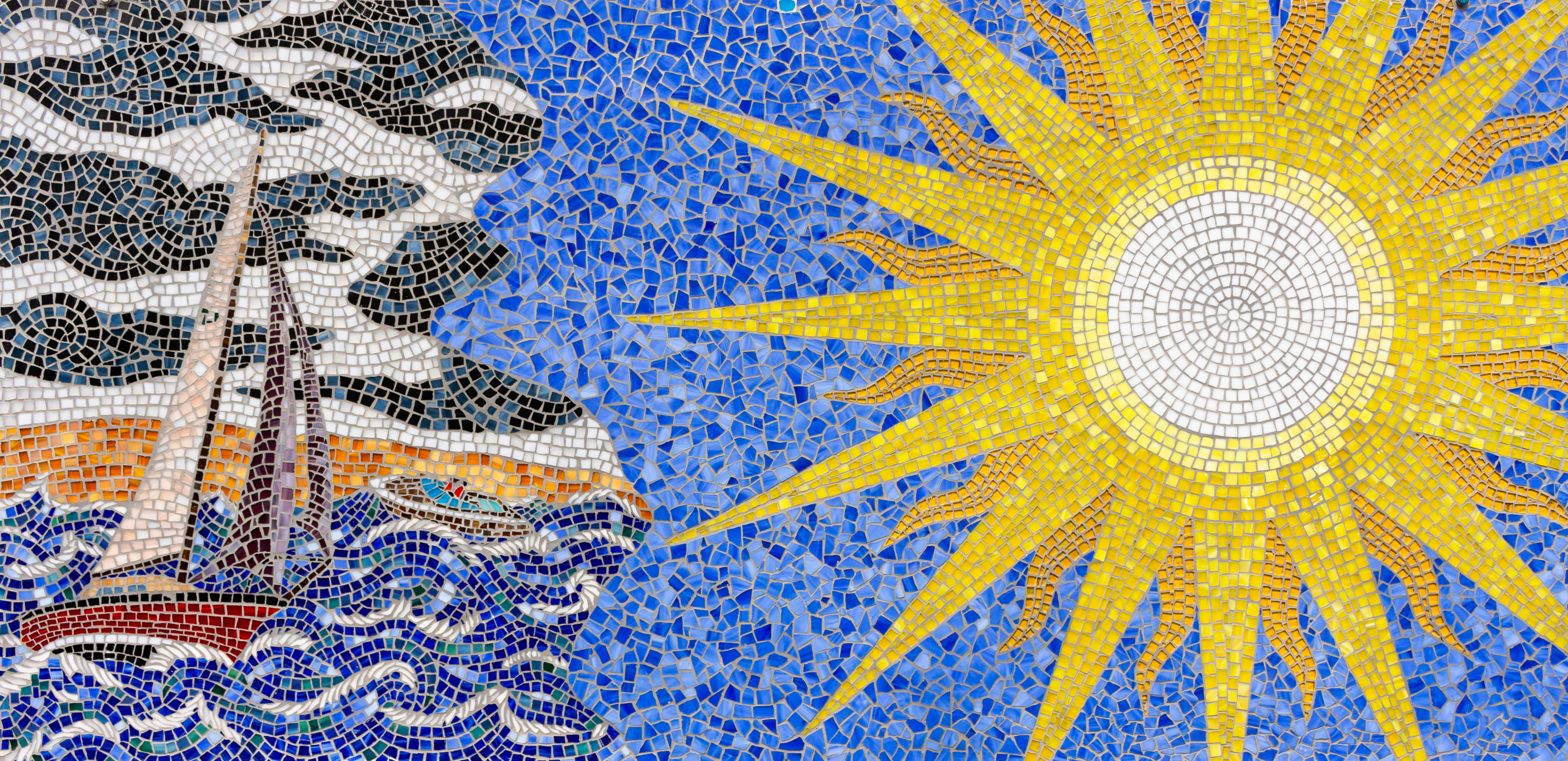
This year’s BV Insight: Beyond Decarbonization event, hosted by Bureau Veritas and co-sponsored by OrbitMI during Nor-Shipping, offered a thoughtful arc across the evening—from the latest in energy innovation and ESG practices to the bigger picture questions shaping the future of maritime. Each panel brought a different lens, helping us step back and consider not just where the industry is headed, but how we’re getting there.

L to R: Gijsbert De Jong, Marine Chief Executive Nordics at Bureau Veritas; Unni Einemo, Marine Regulations Lead, CorePower; Ali Riaz, CEO, OrbitMI; Lars Ravens, Managing Director, E-Cap Marine and Eric Baudin, Innovation & Energy Transition Manager, Bureau Veritas
It was during the final panel, New Frontiers in Maritime Sustainability, that Ali Riaz, CEO of OrbitMI, shared a perspective on innovation in maritime that I thought was compelling. Rather than zeroing in on any one technology or policy, he spoke about how we think about innovation itself—and why that mindset matters.
We’ve all heard the idea expressed in one way or another that we should not wait for perfection before we act. Sometimes we say, “Don’t let perfect be the enemy of very good.” Others have expressed this idea as, “Done is better than perfect.” When applied to the notion of innovation in maritime, the call to action is action itself. No progress will be made until we take that first step.
Sometimes, however, even taking that first step can be challenging, particularly if you’re not sure where you’re going.
Ali offered an alternative and compelling way to reframe how we think about progress: not as a single breakthrough, but as a mosaic—carefully assembled over time. Think of each technology, process, or decision as a tile that adds shape and meaning to a broader picture of transformation.
He challenged a common but limiting mindset: the belief that if a solution doesn’t address every challenge, it’s not worth pursuing. Whether it’s AI, digital platforms, or even nuclear energy, there’s a tendency to discount tools that don’t deliver everything at once. The reality is, however, that no single innovation will carry the weight of the entire industry’s future.
Instead, real progress comes from combining short-term gains, mid-term plans, and long-term vision. It’s about working with what’s available today—while keeping an eye on how each piece contributes to the larger picture. Innovation, in this view, is not about perfection. It’s about thoughtful assembly of tiles.
Another key takeaway was the role of people in making technology work. Even the most powerful platforms or systems will fall short if people aren’t equipped and empowered to use them effectively, particularly AI. “If you don’t teach your people how to use it, it’s definitely not going to solve everything,” he said.
This insight is especially relevant in maritime, where operational complexity and fragmented workflows can make digital adoption challenging. Riaz reminded us that tools are enablers—but only when embedded in a culture of understanding and readiness.
“Eventually, we don’t want data—we want insight.” This line drew attention not just for its simplicity, but for its resonance. Riaz made the case that AI isn’t about more data—it’s about better decisions. The real value comes not from information overload, but from clarity: helping teams interpret, prioritize, and act.
It’s a reminder that digitalization isn’t an end in itself. Its purpose is to support human judgment, not replace it.
Riaz closed with a cautionary note: “Try not to create two more problems while solving one.” He encouraged a systems-thinking approach—one that considers the downstream effects of decisions and the interconnectedness of maritime challenges. Sometimes, he noted, the best next step is to pause, reflect, and make sure the path forward is truly aligned with long-term goals.
As we think about what comes next for maritime, let’s remember that real transformation rarely happens all at once. Like a mosaic, it’s built patiently—tile by tile—with each choice, technology, and action contributing to a more complete picture. The key is to keep building.
These Stories on Digital Transformation